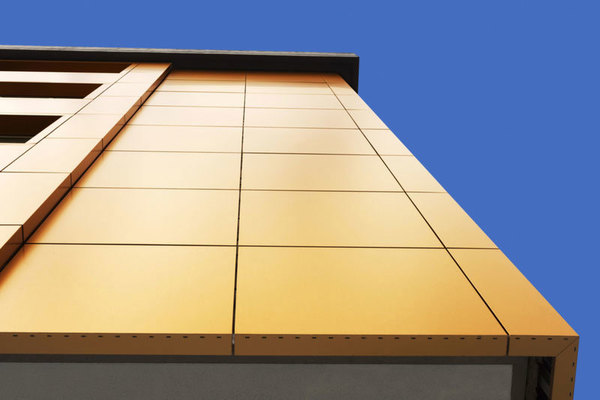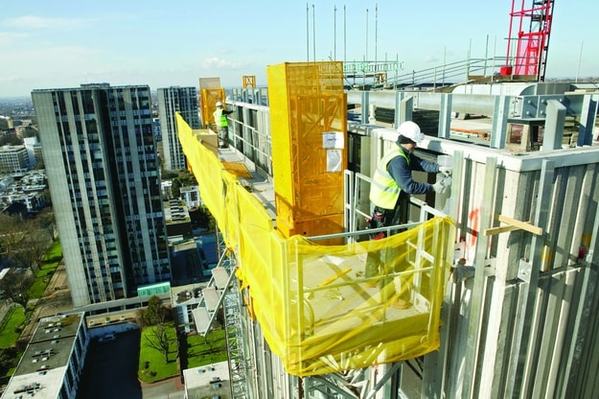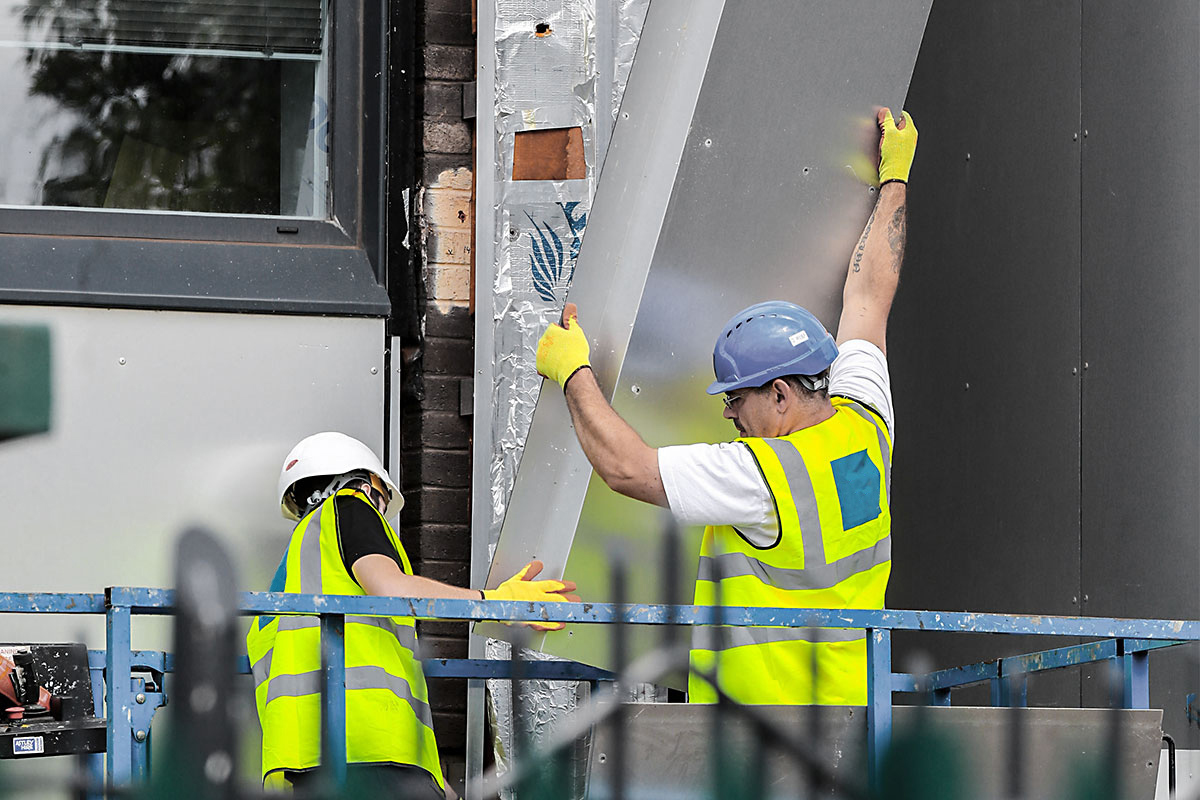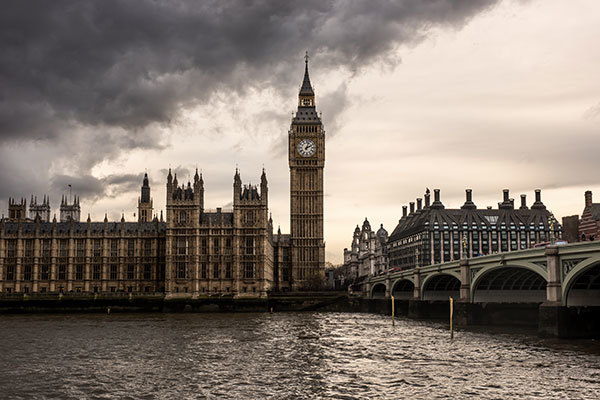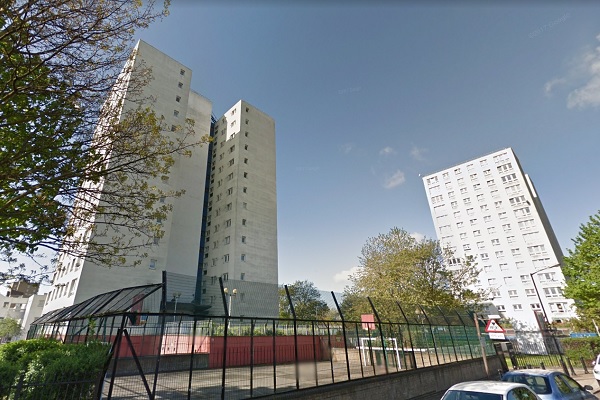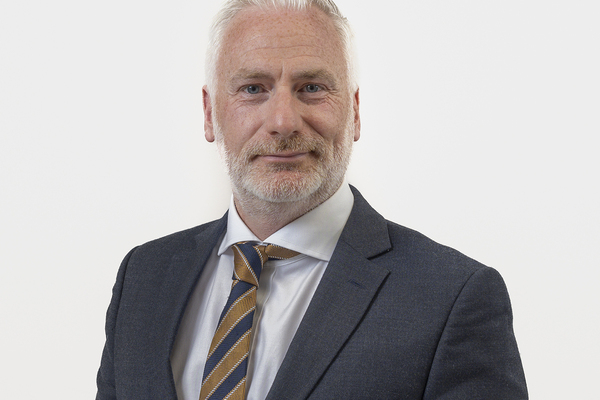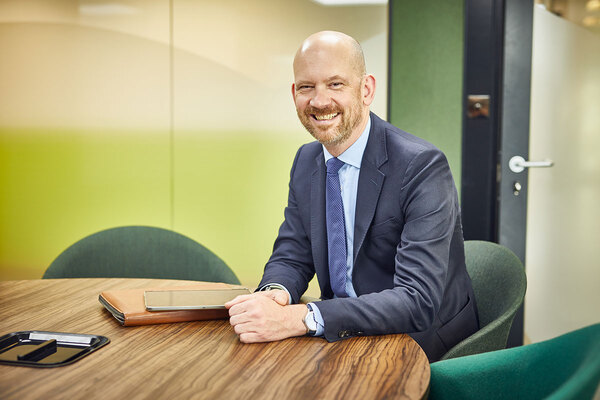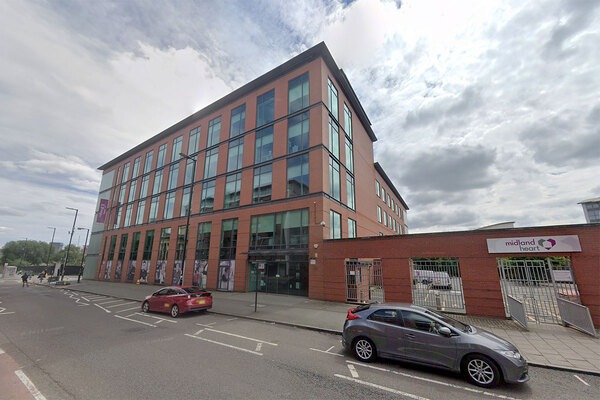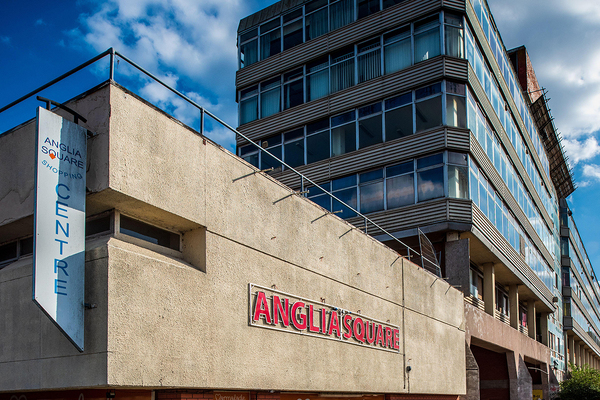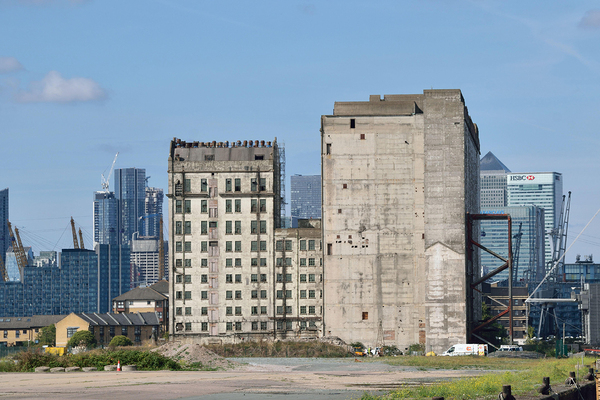You are viewing 1 of your 1 free articles
ACM cladding removal work stalled
Work to remove dangerous aluminium composite material (ACM) cladding from social housing high rises has stalled, government figures show.
According to Building Safety Programme data released today, removal work had started on just 57 of the 160 social housing buildings above 18 metres with ACM cladding unlikely to meet building regulations by 20 December 2017.
That is the same number given in the previous release, which was accurate at 10 November.
Of the buildings where cladding removal has started, the work had not been completed on a single block over the 50-day period covered.
Only 26 residential high rises owned by councils and housing associations found to have potentially unsafe cladding after the Grenfell Tower fire on 14 June last year have been completely stripped of cladding.
Social landlords have started to install replacement cladding on nine of these buildings – again, the same number as at the last data release.
However, replacement work has now finished on three buildings, two more than at 10 November.
In the interim report on her review of building regulations published the day before the last Building Safety Programme data release, Dame Judith Hackitt urged building owners “not to wait” to remove dangerous cladding.
At 10 January, there were 312 residential or public buildings above 18 metres clad in ACM in England, with 299 unlikely to comply with building regulations and so posing a fire risk.
Local authorities are still trying to compile data about the number of privately owned blocks with ACM. Inside Housing recently reported that a third of councils had no information about privately owned blocks in their area, despite government instructing them to collect this information.
Another 18 private sector residential buildings clad in an ACM system which failed fire safety tests have been discovered since the last release, including one student accommodation block.
A spokesperson for the Ministry of Housing, Communities and Local Government said: “Nothing is more important than keeping people safe.
“That’s why, as the housing secretary Sajid Javid, made clear in parliament, we have been working with building owners to identify properties that might be at risk and a variety of interim safety measures have been put in place so everyone is kept safe.”
John Healey, Labour’s shadow housing secretary, said: “More than seven months after the Grenfell Tower fire, it should shame ministers that only three tower blocks with dangerous cladding have been replaced."
Lucy Grove, Grenfell programme lead at the National Housing Federation, said: “While [the data] captures information on key milestones, it doesn’t reflect the significant and lengthy processes landlords go through to make it possible to start removing and replacing cladding – seeking expert advice, getting designs approved, ordering and receiving materials and hiring skilled contractors.
“While this works goes on, all of these buildings are kept safe by intermediate measures, such as waking watches.”
Update: at 16.35pm, 22.01.18 This story was updated to include a statement from Labour housing spokesperson, John Healey.
Update: at 9.07am, 23.01.18 Comments from the MHCLG and the National Housing Federation were added to the story.
